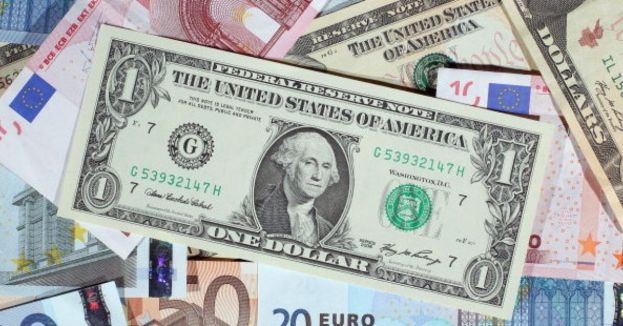With consumer demand gradually cutting and business activity slowing down, the consequences of increasing food and energy inflation might be weighing on the broader economy.
Yet what are the data revealing and how are higher food and energy prices feeding the recession?
In July, food inflation hit 10.9 percent, the highest level since May 1979. Across the board, every food and beverage item listed on the Bureau of Labor Statistics’ (BLS) consumer price index has increased on a year-over-year basis, from bread to meat to coffee.
Food prices might not ease for quite a while after the Department of Labor reported that prices paid to U.S. producers for finished consumer goods rose close to 16 percent in the year through July. This symbolized the biggest increase since 1974.
WATCH TRUMP: EUROPE HAS OPENED IT'S DOORS TO JIHAD![]()
Although commodity markets have eased in recent months, many agricultural products are increasing again, including soybeans, wheat, corn, lean hogs, and coffee.
The United States, for instance, is poised to harvest its smallest corn crop in three years.
WATCH DUKE PROFESSOR: STUDENTS VIEWING THE WORLD AS OPPRESSOR VS. OPPRESSED![]()
This is bad news for households already struggling to cover the cost of the grocery store bill.
According to a new study by Lending Tree, U.S. households are spending 28 percent more on food than they were a year ago as they spent an average of $407 a week on food in July, up from $318 in May 2021. Furthermore, the percentage of Americans reporting food insufficiency—not enough to eat—and relying on credit cards to pay for groceries has swelled.
KEVIN SPACEY'S DARK SECRETS EXPOSED IN NEW DOCUMENTARY SERIES![]()
Despite crude oil and gasoline prices coming down, the energy price index remains up 32.9 percent on an annualized basis. Fuel oil has increased 75.6 percent, gasoline has risen 44 percent, and electricity costs have jumped 15.2 percent.
The meteoric boost in energy prices forced drivers to change their habits.
IDIOT ALERT: CEO PRAISES RADICAL PROTESTERS, FACES IMMEDIATE BACKLASH![]()
Industry polls reveal that motorists are driving less, combining errands, and doing fewer leisure activities because of the exorbitant cost of gasoline. Moreover, Energy Information Administration (EIA) data reveal that gasoline demand stood at 8.434 million barrels in the week ending Aug. 19.
BIDEN AND MARK HAMILL'S "STAR WARS DAY" VIDEO: A GALACTIC SUCCESS OR EPIC FAIL?![]()
Electricity costs have become so outrageous that 20 million households cannot afford to pay their monthly utility bills. Increasing power costs have led to a collective electric bill of roughly $16 billion in June, double the $8 billion in December 2019.
TUBERCULOSIS OUTBREAK: HEALTH EMERGENCY DECLARED IN CALIFORNIA, ARE YOU AT RISK?![]()
Businesses are further enduring the agony of higher utility costs.
In June, Century Aluminum Co., the second-largest aluminum mill in the United States, which accounted for one-fifth of domestic supply, had to idle its Kentucky plant because it could not afford the electricity bills.








 Discover alternative ideas that will make you think
Discover alternative ideas that will make you think Engage in mind bending debate
Engage in mind bending debate Earn points, rise in rank, have fun
Earn points, rise in rank, have fun


